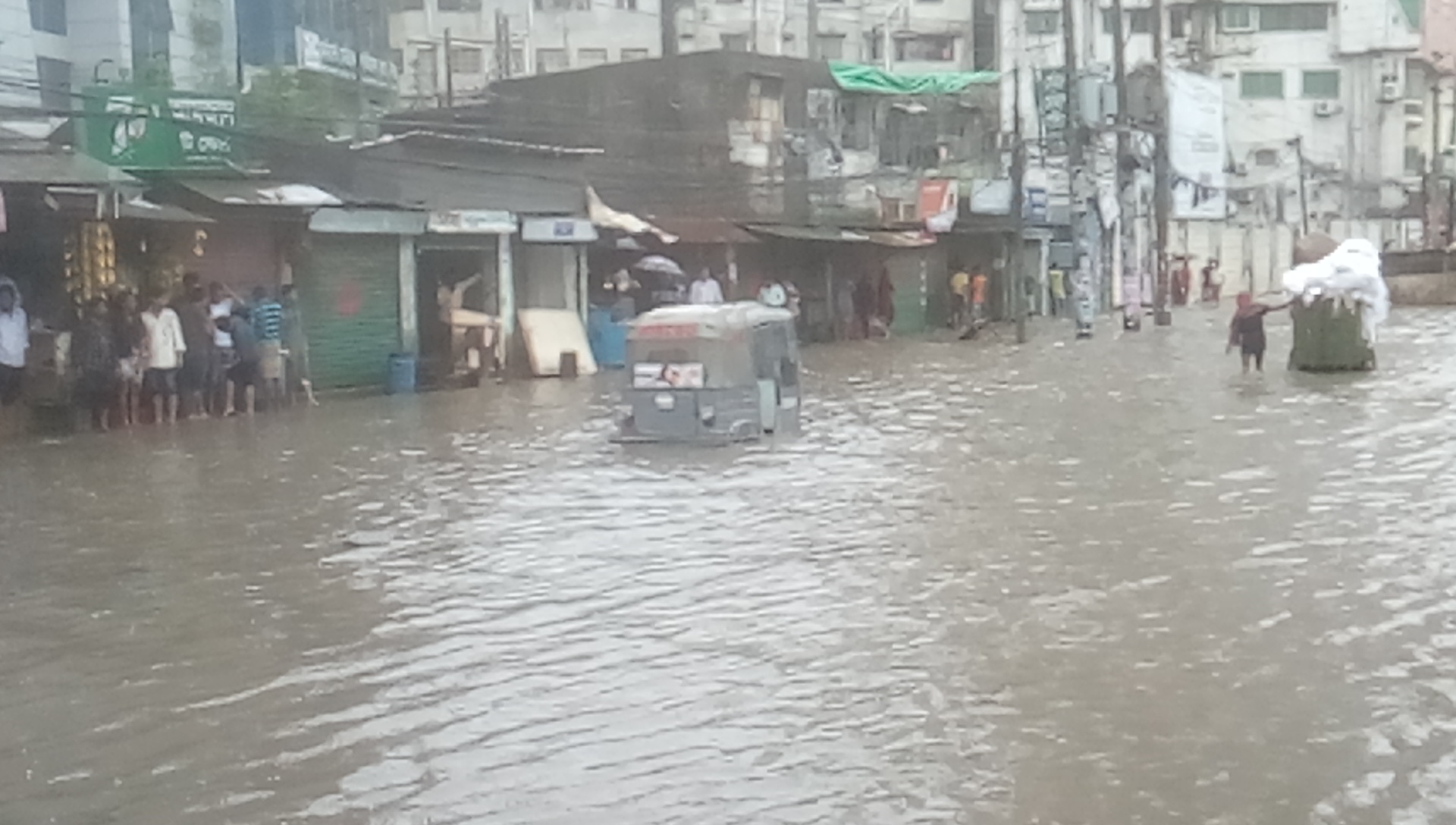250 million coastal dwellers will face rising floods
Once again, researchers confirm that coastal dwellers can expect worse floods, more often and more expensively.- Nayadiganta English Desk
- 07 August 2020, 09:10

In the next 80 years flooding around the planet’s land masses is likely to rise by almost 50%, endangering more than 250 million of coastal dwellers, says a new study.
If humans go on burning ever greater volumes of fossil fuels, while destroying ever more natural forest, then another 77 million people could be at risk of flooding, a rise of 52%, according to the study in the journal Scientific Reports.
And these floods – increasingly frequent and extending over greater areas – will put at risk cities, homes, resorts and industries valued at more than $14 trillion (£10.7tn).
This sum alone is worth 20% of global gross domestic product, the economist’s preferred indicator of economic health and wealth.
The researchers built their argument on historic data from 681 tide-gauge stations around the world to model the growing hazard at 10,000 coastal locations.
“Compared with now, what we see as a one-in-100-year extreme flood event will be ten times more frequent because of climate change”
They conclude that the land area exposed to extreme flood will increase by more than 250,000 sq kms – an increase of 48% – to 800,000 sq kms, a threat to 252 million people.
“A warming climate is driving sea level rise because water expands as it warms, and glaciers are melting. Climate change is also increasing the frequency of extreme seas, which will further increase the risk of flooding,” said Ebru Kirezci of the University of Melbourne, Australia, who led the study.
“What the data and our model are saying is that compared with now, what we see as a one-in-100-year extreme flood event will be ten times more frequent because of climate change.”
None of this should come as a surprise to civic authorities, governments, hydraulic engineers and oceanographers: researchers have been warning for years that coastal floods driven by global heating will end up costing colossal and seemingly ever increasing sums.
On a global scale, and on regional examination, the story remains the same, and wealthy and developed societies in Europe and the US face the same rising tide of hazard as the world’s poorest in the crowded coastal cities of Africa and Asia.
Estimate too low?
A mix of more extreme storms and storm surges, combined with ever higher sea levels, will sweep away the world’s beaches and turn millions of comfortable US citizens into climate refugees.
It is even possible that researchers have under-estimated the hazard, simply because satellite-based measurements may have misread precise land elevation: in some cases, too, coasts are sinking independently of sea level rise.
The latest study identifies a series of flood “hotspots” around the world. These include south-eastern China, Australia’s Northern Territory, Bangladesh, West Bengal and Gujarat in India, the US states of North Carolina, Virginia and Maryland, and north-west Europe including the UK, northern France and northern Germany. The new map of risks takes no account of existing flood defences, but highlights the levels of threat to come.
“This is critical research from a policy point of view, because it provides politicians with a credible estimate of the risks and costs we are facing, and a basis for taking action,” said Ian Young, an engineer at the University of Melbourne, and a co-author.
“This data should act as a wake-up call to inform policy at global and local government levels so that more flood defences can be built to safeguard coastal life and infrastructure.” [Source: Climate News Network]
More News
-
- ৫ঃ ৪০
- খেলা
-
- ৫ঃ ৪০
- খেলা
-
- ৫ঃ ৪০
- খেলা
-
- ৫ঃ ৪০
- খেলা

